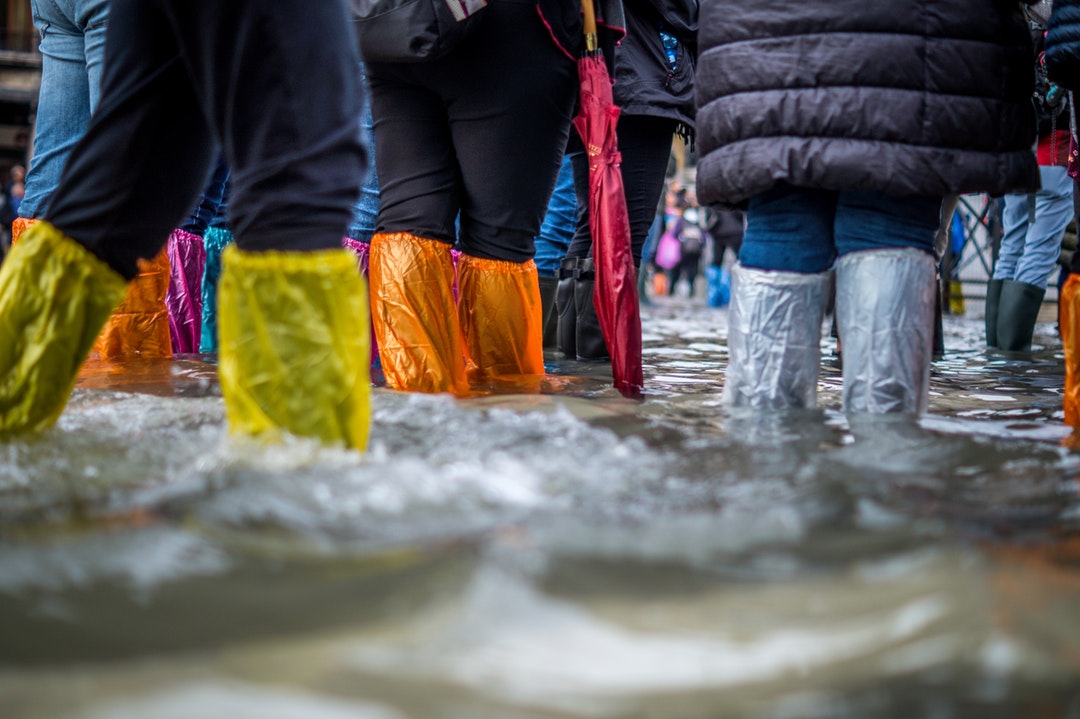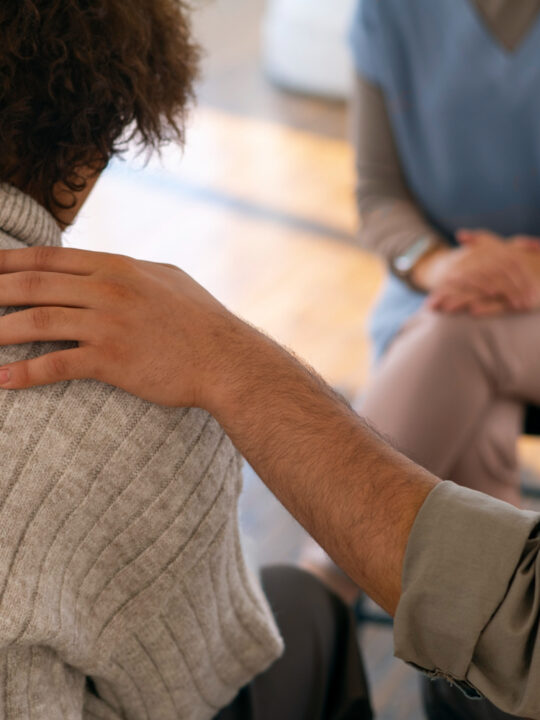 It’s no secret that natural disasters can be terrifying and dangerous for victims. This is even true when it comes to floods.
It’s no secret that natural disasters can be terrifying and dangerous for victims. This is even true when it comes to floods.
If you and your family live in an area where flooding occurs on a regular basis, you need to get informed. You don’t want to underestimate the value of flood survival skills.
Consider the following statistic regarding the victims of floods throughout the United States. It indicates that in the year 2018 alone, there were eighty fatalities reported as a result of flash floods. That’s why flood survival skills are so essential for families like yours to understand.
The good news, though, is that you’ve come to the right place by reading this article. Detailed below are nine essential flood survival and protection tips you and your family can use. Keep reading to get familiar with them and keep your family safe in such a challenging situation.
Table of Contents
- 1 1. Flood Survival Depends on Staying Well-Informed
- 2 2. Invest in a Weather Radio and Other Survival Tools
- 3 3. Never Drive During a Flood
- 4 4. Have a Sensible Evacuation Route Prepared Ahead of Time
- 5 5. When a Flood Is Approaching, Turn off Your Home’s Utilities
- 6 6. Keep Your Valuables at Least a Foot off of the Floor
- 7 7. Be Careful of Debris When Walking Through a Flooded Area
- 8 8. Make Sure You Understand Your Home’s Insurance Coverage
- 9 9. Take Detailed Inventory of Your Valuables for After a Potential Flood
- 10 Continue to Invest in Protecting and Caring for Your Family
1. Flood Survival Depends on Staying Well-Informed
The first thing to remember when it comes to preparing for any emergency is education. The more informed you and your family are about potential flooding, the better. Take the time to work with your family on an ideal plan in case of a flood.
Check with your local city or state government regarding flood preparation, too. This is of particular importance for families living in areas of the country where flooding occurs on a consistent basis.
2. Invest in a Weather Radio and Other Survival Tools
Another great idea to stay prepared for a flood is to develop little “go packs” for each member of the family. This pack should include basic survival tools, such as flashlights and matches. Make sure you keep everything in a waterproof baggie, by the way.
Also, be willing to invest in a high-quality weather radio that you can trust in the case of a power outage. Even if televisions aren’t able to broadcast, radio waves can be just as convenient – if you have the right equipment.
3. Never Drive During a Flood
Experts warn drivers to never operate their vehicles during a flood for good reason. Doing so can put you and your family in danger in a matter of seconds.
It takes only a foot or two of water to be able to sweep a vehicle away. This is true, in particular, when it comes to floods with strong currents. If you’re caught driving when a flood starts to happen, abandon your vehicle and seek high ground as soon as possible.
4. Have a Sensible Evacuation Route Prepared Ahead of Time
Make sure everyone in your family is on the same page when it comes to that emergency flooding plan, by the way. This includes the understanding of an established evacuation route.
Check out maps of your local area. Then, drive around through your nearby neighborhoods and streets.
Which streets are the highest level of the ground in the area? Plus, which streets are least likely to have too much traffic during a potential evacuation? Answering these questions will help you get to safety quickly when the time comes.
5. When a Flood Is Approaching, Turn off Your Home’s Utilities
If you’re prepared to wait out a potential flood from your own home, there are still steps you need to take. For one thing, turn off your home’s utilities as soon as floodwater starts to approach the home.
Do this by locating your home’s fusebox and turning off the main power switch. It’ll be worthwhile because you’re preventing an electric shortage from causing you an even worse headache in the long run.
6. Keep Your Valuables at Least a Foot off of the Floor
Sometimes it’s helpful to take a thorough evaluation of everything in your home. If a few inches of water flow through your home during a major storm, will everything survive?
Be sensible about your home’s storage practices. Keep perishable food and valuables at least a foot off of the floor before a flood.
7. Be Careful of Debris When Walking Through a Flooded Area
Even in a few inches of water, by the way, it’s essential that you mind your steps. Floodwater brings all kinds of debris throughout its path. This can include dangerous items like nails, so be sure to wear proper footwear when walking through any floodwater.
8. Make Sure You Understand Your Home’s Insurance Coverage
Flood damage is often covered under home insurance policies. It’s your responsibility, though, to ensure your policy covers enough flood damage to be worthwhile for your financial situation.
Of course, sometimes added natural disaster insurance can mean added costs. That’s why getting a quote for flood insurance can be of particular value.
9. Take Detailed Inventory of Your Valuables for After a Potential Flood
As mentioned above, it’s important to evaluate all of your belongings in the home before a flood. In the unfortunate case that items go missing during the flood, it’d be wise to have their serial numbers and information on hand. That way, your insurance policy could potentially cover their replacement.
Continue to Invest in Protecting and Caring for Your Family
At this point in the article, you have a thorough understanding of today’s top flood survival strategies. There’s no need to cut corners when it comes to protecting the health and wellness of your family.
In fact, you’re willing to continue to invest in your family’s overall success and quality of life. Well, that’s where this website can come into play.
After all, there are a lot of ins and outs to navigate when it comes to making the most of your family’s time together. Making smart business moves and investing in the right areas of life are key components of that.
For that reason, we encourage you to browse through the rest of our website today. On our blog, you’ll find plenty of guidance that can be of benefit to you and your family.
We prioritize bringing the latest and greatest trends in business, home living, technology, personal finance, and more. To start, comment below this article on how it helped you and your family.







